Tips for an NYC Arts and Culture Summer Vacation
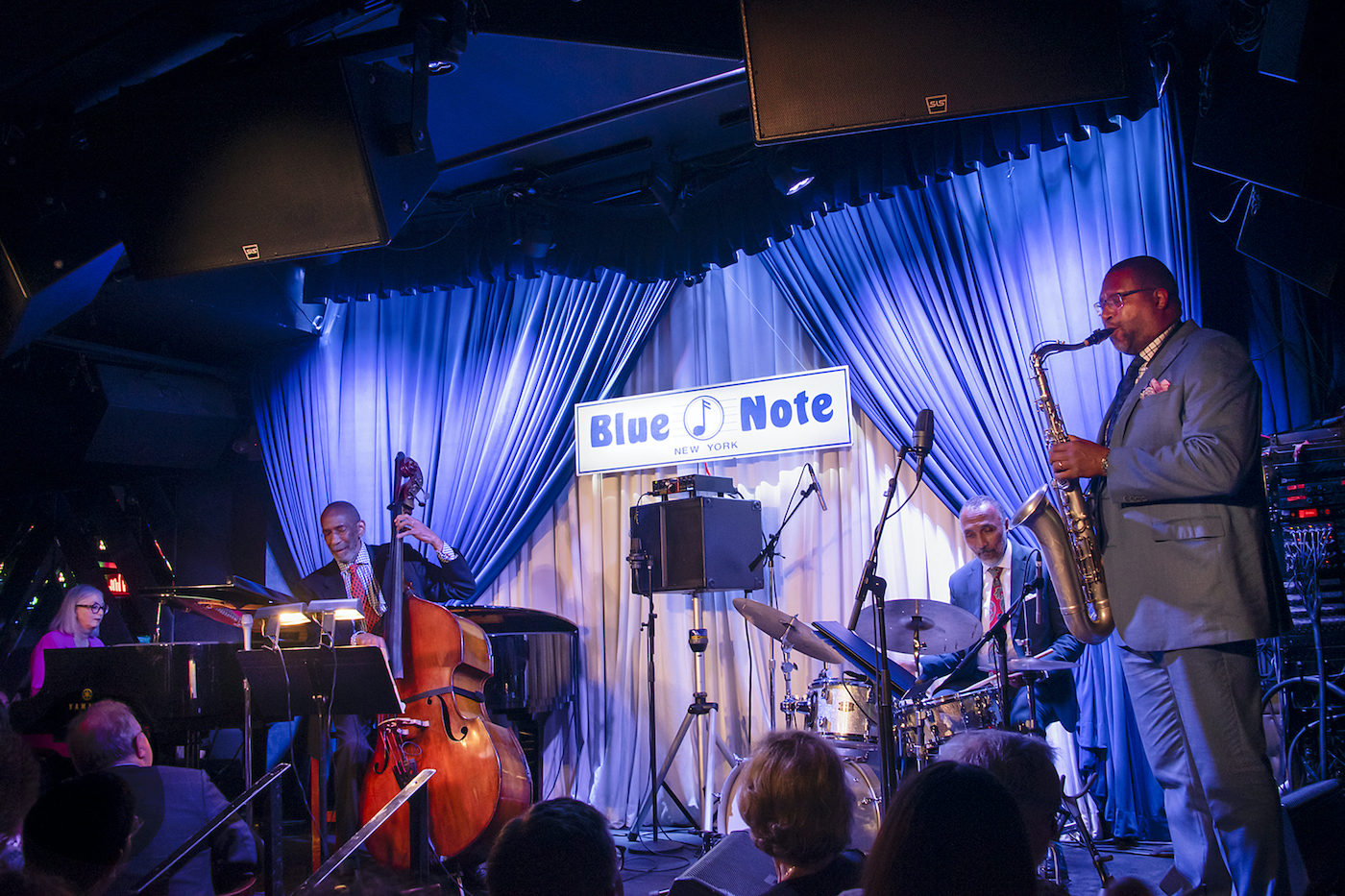
Society News is bringing you insider tips of the New York City arts and culture scene firsthand after spending five days there! A city brimming with things to do, here are some top go-to’s:
Connoisseurs of jazz will find A-listers playing at the Blue Note on West 3rd Street in the Village and the historic 1949 Birdland Jazz Club at 315 West 44th Street next door to where the Record Plant was once located.
I went to the gig by bass extraordinaire, Ron Carter with his Foursight Quartet of Renee Rosnes (piano), Jimmy Greene (sax), and Payton Crossley (drums) at the Blue Note. Carter is a three-time Grammy winner and the most recorded bassist in jazz. He played with Miles, Evans, Shorter, Hawkins, Hancock, Silver, and Baker, and is not slowing down at 86 as he carries his standup bass to the gig, an instrument he singularly brought into the spotlight.
As expected, the music elevated the house with Carter’s smooth, strong, and subtle note expressions, trading solos while giving nods to Greene and Crossley, and a smile to Rosnes for her triple adagio fluidity. The hour-and-a-half set sans intermission dedicated to Miles included “5-9-5,” “Seven Steps to Heaven,” “Mr. Bow Tie,” “Flamenco Sketches,” and “My Funny Valentine.” Carter graciously thanked the guests for supporting jazz, his band, and the club, saying, “We are faced with things in the world which we bring here with our personal lives, and when the stars align between us as a band, this great music happens, and we share it with you.”The encore was a 1934 Broadway single turned jazz standard, “You and the Night and the Music,” after which Ron held up his handkerchief that read, “Warning: Genius at Work.” For a view of that genius, check the PBS film Finding the Right Notes (2022), documenting his historic life. Follow the club on Instagram for its schedule. There is a $20 minimum per person spend. Society toasts Louis D’Adamio, Sr. Publicity Director of Sacks & Co., for the press tickets.
Next, it was uptown to the Birdland Jazz Club, whose walls are lined with black and white photos of the jazz legends who played there. Along with its storied history, the club is famously mentioned in Kerouac’s novel, On the Road. It has two stages with live performances all evening. The ground floor is devoted to jazz with 200 table seats and bar to the right; the downstairs is a 100-seat theater for non-jazz music, and other acts from comedy to burlesque. The $20 minimum per person spend is easily done with the delicious menu.
There I listened to the Ravi Coltrane Quartet – Coltrane (sax), David Virelles (piano), Dezron Douglas (bass), and Johnathan Blake (drums). The group was formed in 2012 and played this year for the first time since 2020. Coltrane, son of John and Alice, is named after Ravi Shankar. Talking with him after the gig, he told me he grew up and went to high school in Woodland Hills and studied sax at California Institute for the Arts. He is now living in Long Island, his birthplace.
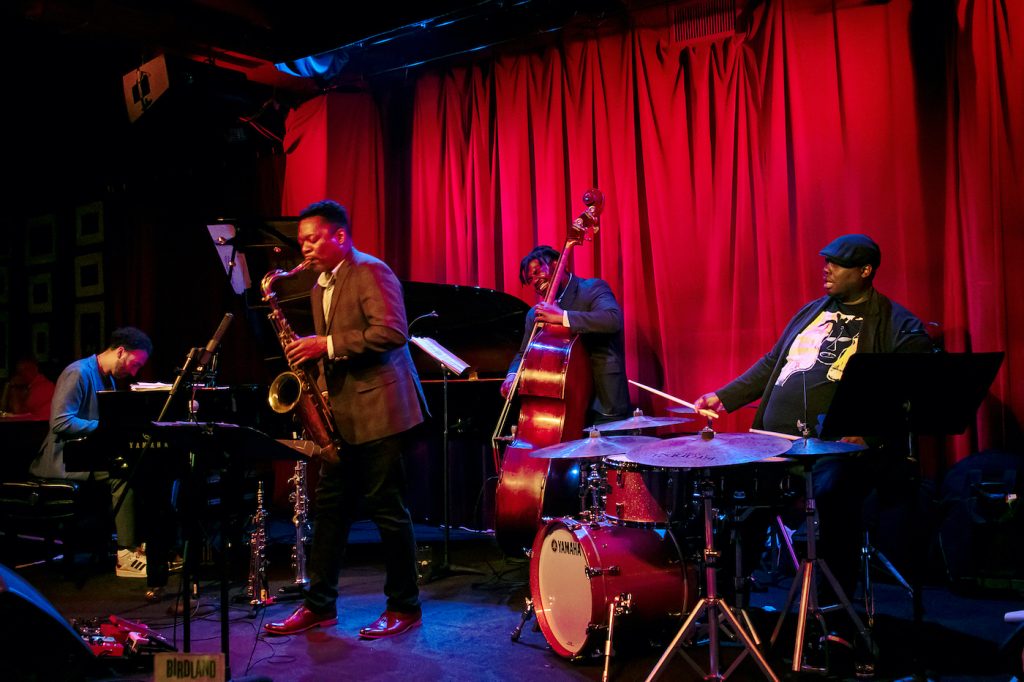
For this gig, Ravi paired his saxophones with tech – a wireless mic used as a preamp for his pedal board (like rock guitarists), where he went from dry (no pedal) to a chorus pedal for improv and phrase emphasis, a harmonizer pedal to expand scale runs for a big band sound and experimented with a harmonic plus pedal to pick off chord notes he played and then improvised to. He used a “nod” for a fuller sound and did body level changes, bending down for lows and up for highs. He worked it and was not alone.
Blake was a force to behold using all manner of sticks, brushes, and well-worn white felt mallets for his distinctively direct approach to rhythm, and extra-high-speed dexterity for compositional impact. Douglas played his gamut nesting his bass into the Yamaha baby grand piano’s curve, eyes closed and smiling the notes into existence. Virelles’ dreamy piano approach created the space for full octave runs, holding the line in one hand while the other spun top notes – those contra-harmonies to the main riff lines played by Coltrane. The set list was “Intervals,” Alice Coltrane’s 1976 work “Illuminations,” Wayne Shorter’s “Nefertiti,” Ornette Coleman’s “Happy House”, a Virelles composition, and a 16-minute version of John Coltrane’s “Giant Steps.” Ravi stayed for fans to say hi and take photos. I highly recommend getting tickets to this ear candy. Society toasts Lydia Liebman of Promotions NYC for the press tickets.
A Feast for the Eyes
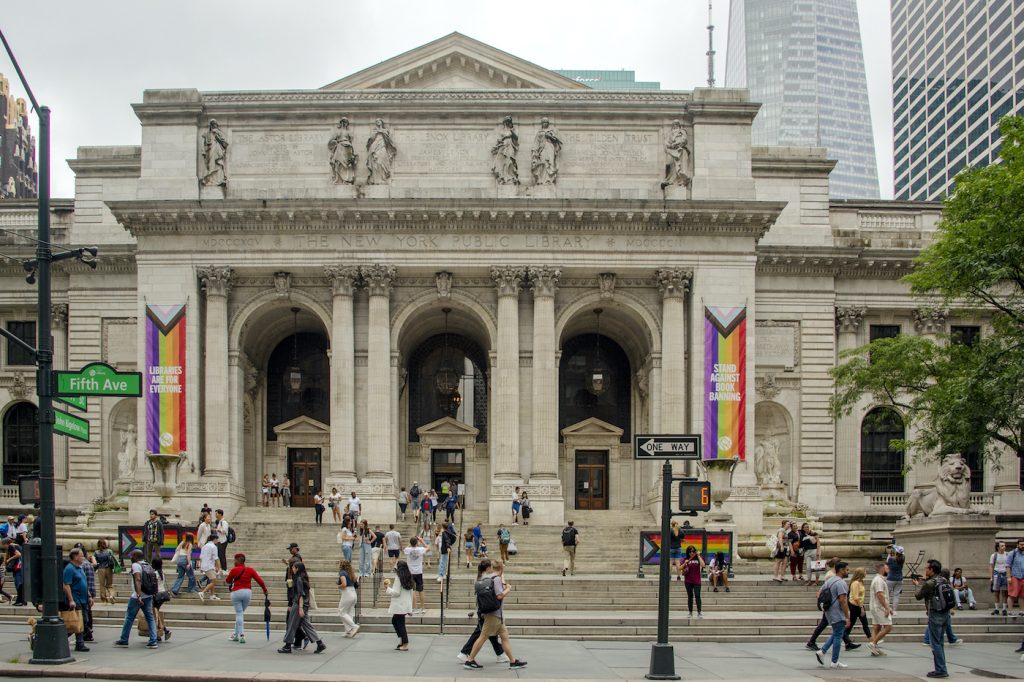
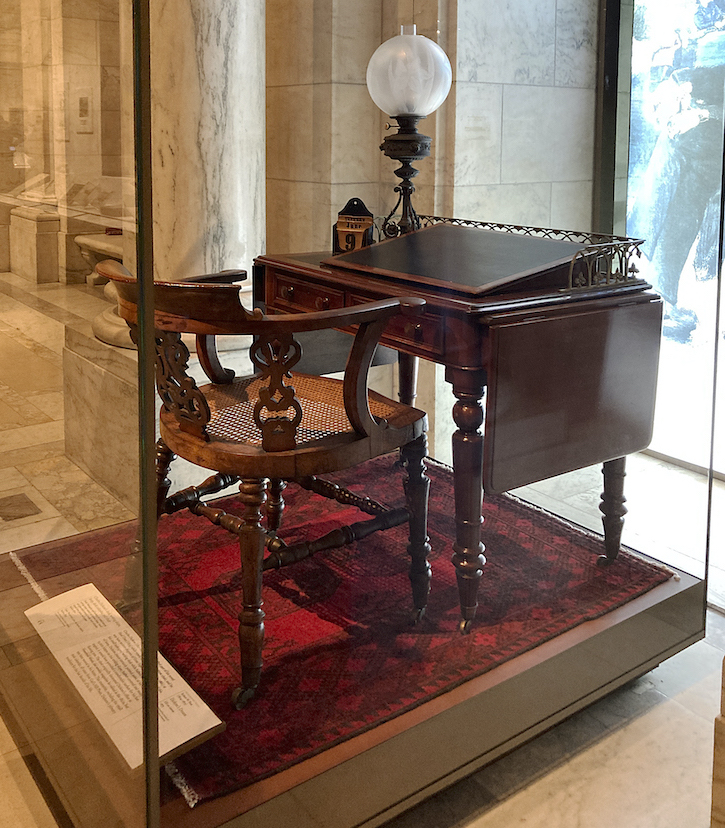
Exploring the visual arts scene is NYC at its best. I started with the Museum of Modern Art. The sixth-floor exhibition, Signals: How Video Transformed the World, coversa 60-year span of the medium on walls, screens, monitors, inside domes and via quasi-holograms. The crux is video exposes humanity to content shaping public opinion and as an agent of socio-political change. The 70 works explore concepts from news, documentaries, music video, social media, digital art, CGI, and the current elephant in the room, AI.
Should that be a tad overloading, one can easily wind down to the classics on the 5th floor, with Henri Matisse’s Dance (I) [Paris, Boulevard des Invalides, early 1909] – his acknowledgement that photography took over details in art freeing the artist of it. Escape through walls of Gaugin, Seurat, Cezanne, Van Gogh, Picasso, and Dali.
Dedicating the 2nd floor to new photo works, we find the “Collection 1970s-present,” a revolving exhibit of different artists and mediums to capture alter egos, politics, cultures, personal experiences, heritages, and human nature. Most viewed are “Assembly,” which takes aim at American culture with found objects, and Mujinga’s “Flo” faux hologram about a person’s visibility in the world. The “New Photography 2023” exhibit with artists Kelani Abass, Akinbode Akinbiyi, Yagazie Emezi, Amanda Iheme, Abraham Oghobase, Karl Ohiri, and Logo Oluwamuyiwa, have art depicting the port city of Lagos, Nigeria. The artists are said to use photography as art not documentarism, but the viewer gets both.
A Literary Feast
The Polonsky Exhibition of the New York Public Library’s Treasures at its Stephen A. Schwarzman Building on 5th Avenue is free with docent tours and an audio guide via QR code. This first-time exhibition has artifacts, books, furniture, and sculptures curated from its collection of 56 million items – a time capsule for certain. The hall is laid out by subject area, including the arts, cartography, public records, historical documents, literature, Women’s and Civil Rights, religions, literature, and Broadway. Key on view is the U.S. Declaration of Independence, George Washington’s resignation speech, Duke Ellington’s sheet music, Miles Davis’s liner notes, Shakespeare’s 1623 Comedies, Histories, and Tragedies, the Birds of America (1827) by JJ Audubon, MLK artifacts, James Baldwin’s letter to his sister Angela Davis, Charles Dickens’ 1859 writing desk, chair, and lamp where he wrote Great Expectations and other books, the 1939 Grand Central Station drawing by William Wilgus, ballet shoes, tap shoes, and Broadway scripts. The oldest book acquired is a cookbook in the Exploration Collection, and the most checked out book is The Snowy Day by Ezra Jack Keats, at over 485,000 check-outs. Finishing up, I noted a Royal Quiet De Luxe 1940s typewriter belonging to a New Yorker Magazine writer… and wondered, would my trusty computer make it in the collection?
History buffs need to visit The Morgan Library & Museumon Madison at 36th Street, it’s a museum, research center, and live performing arts center. The art and book collection begun by Pierpont Morgan (1837-1913) is housed at the 1906 McKim building. It is a National and NYC Landmark made public in 1924 by Morgan Jr.
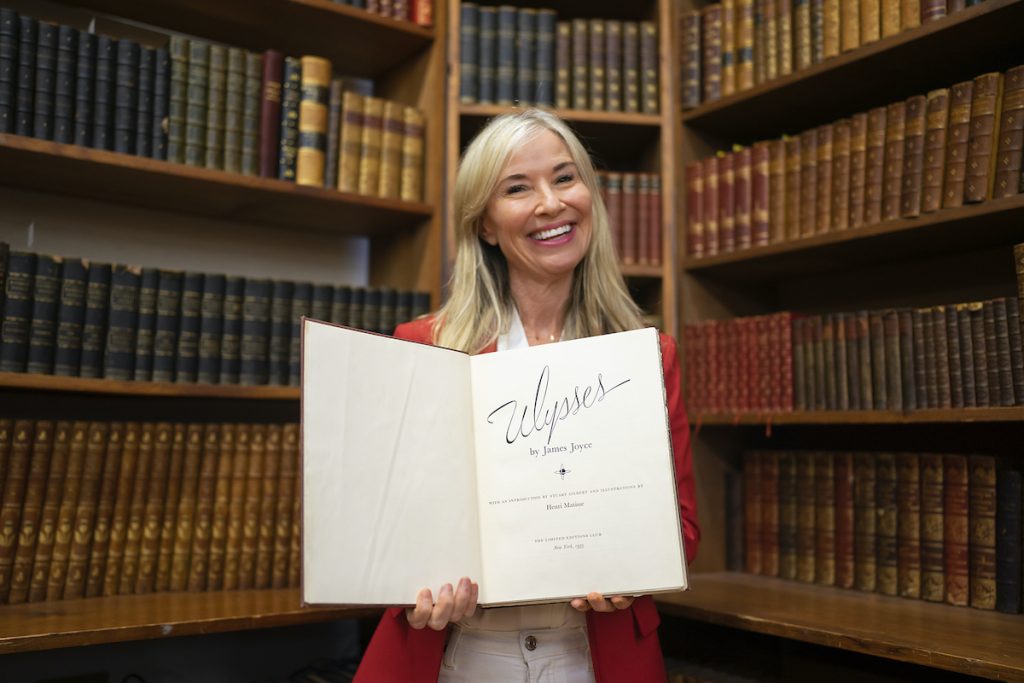
Art collections are rotated in the galleries. The east wing is a three-story library of rare books with concealed staircases behind them. The ceiling is painted with the signs of the zodiac related to Morgan’s life events along with portraits of Socrates and Michelangelo. The book and manuscript collection includes letters by George Washington and Abraham Lincoln, along with journals of Henry David Thoreau and Ralph Waldo Emerson. There is a book vault, garden, and bookstore. The tours and events for the summer are selling out now.
Celebrating its 96th birthday is the world renown Strand Bookstore. The main location at Broadway and 12th Street has 18 miles of books on three floors and reopened its Rare Book Room – indeed! Founded in 1927 on Fourth Avenue’s “book row” it was started as a used bookstore by Ben Bass. The store is still in the family with 3rd generation owner Nancy Bass Wyden. The oldest and most expensive book in stock, valued at $45,000, is the 1935 edition of Ulysses by James Joyce and illustrated by Henri Matisse, one of 250 signed by both [Limited Editions Club New York]. Matisse said he never read the book but rendered drawings based on Homer’s Odyssey causing Joyce to refuse to sign the books initially. From rare to new to used, it is the place for your literature fix!
A Literal Feast
The best NYC burger is the Burger Spot, in a hidden location literally behind red velvet curtains in the posh lobby of the 5-star Thompson Central Park Hotel at 119 West 56th Street. Enter the graffiti-walled ‘70s joint with the menus on cardboard signs and eat well. The burgers are USDA certified angus beef cut fresh and hand pressed. Add a real milk-milkshake or IPA beer, spicy slaw, and fries, or vegetarian option, and you are set. The place is tiny and busy with its eclectic crowd; pay cash, grab a booth, and feel free to write your name on the wall!
The famous dive bar, Rudy’s Bar & Grill on 9th Avenue, is an ode to NYC history and noted in Steely Dan’s 1977 song, “Black Cow.” Walking in, you’re greeted by its mascot Baron – a six-foot wood carved pig. Still serving premium beers starting at $3 with free hot dogs, sit at the mahogany bar on the left or one of a few booths on the right. Here the myths are true. Patrons include union workers, sports teams, and politicians mixed with Paul McCartney, Slash, and Jimmy Fallon. The bartender may be tiny, but she is tough enough to bounce anyone out. Cash only, open ‘til 4 am.
In homage to the 25th anniversary of Sex and the City, stop by 64-66 Perry Street brownstones and remember to avoid the neighbors. The SJP Collection flagship store – Sarah Jessica Parker’s shoe store – is around the corner on Bleecker Street.
Other goodies are organic teas at Cha Cha Matcha café; the view of NYC from the Edge at Hudson Yards; the reopened Tavern on the Green; and wine-down in the Village at the Hudson Clearwater Restaurant’s romantic hidden patio.






